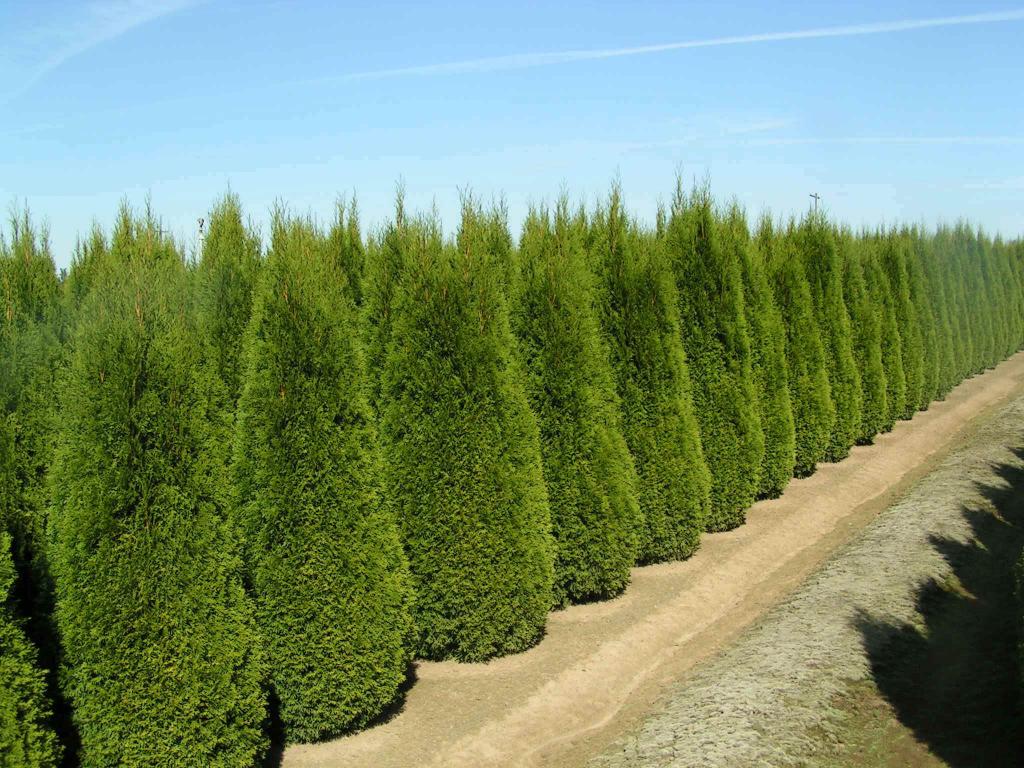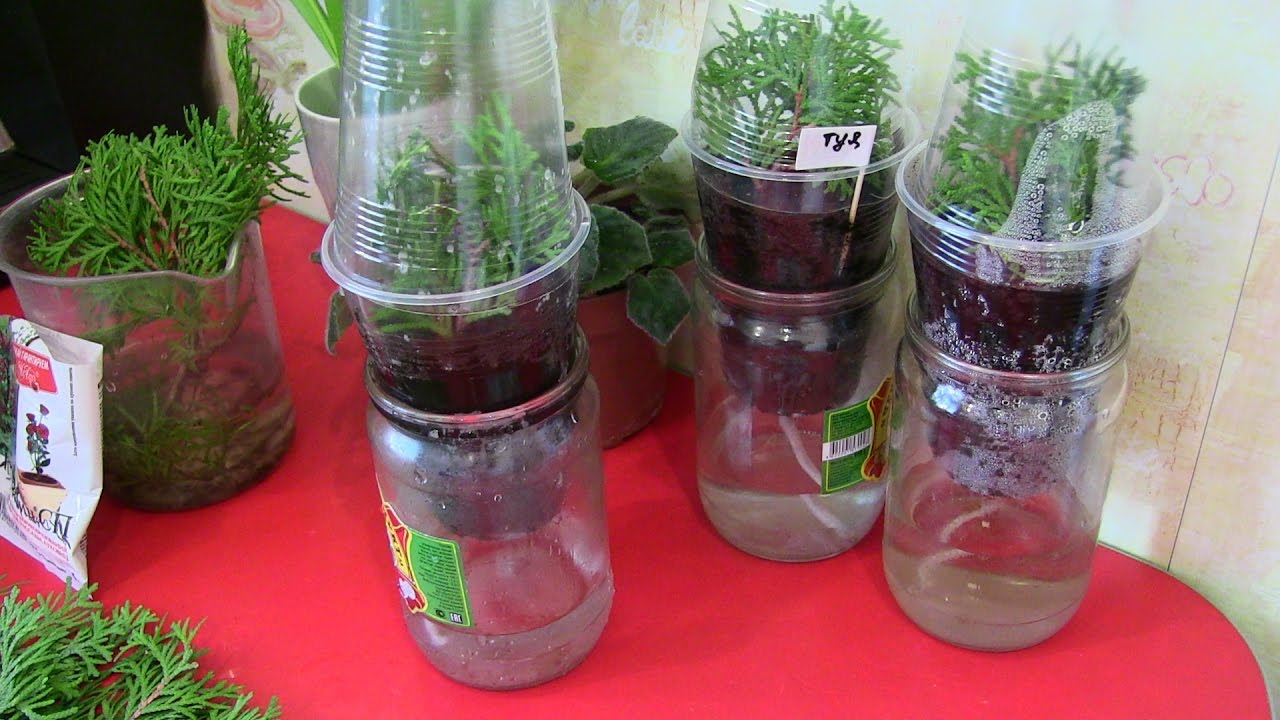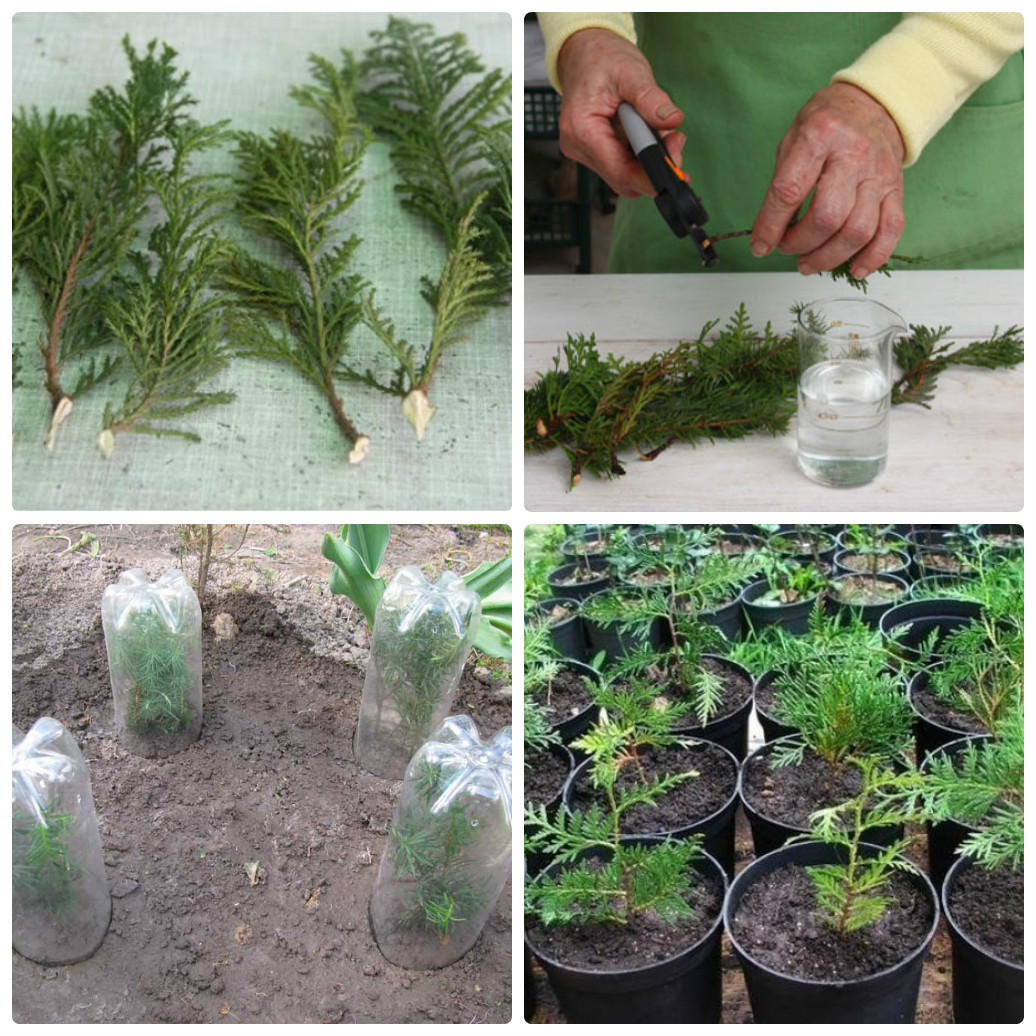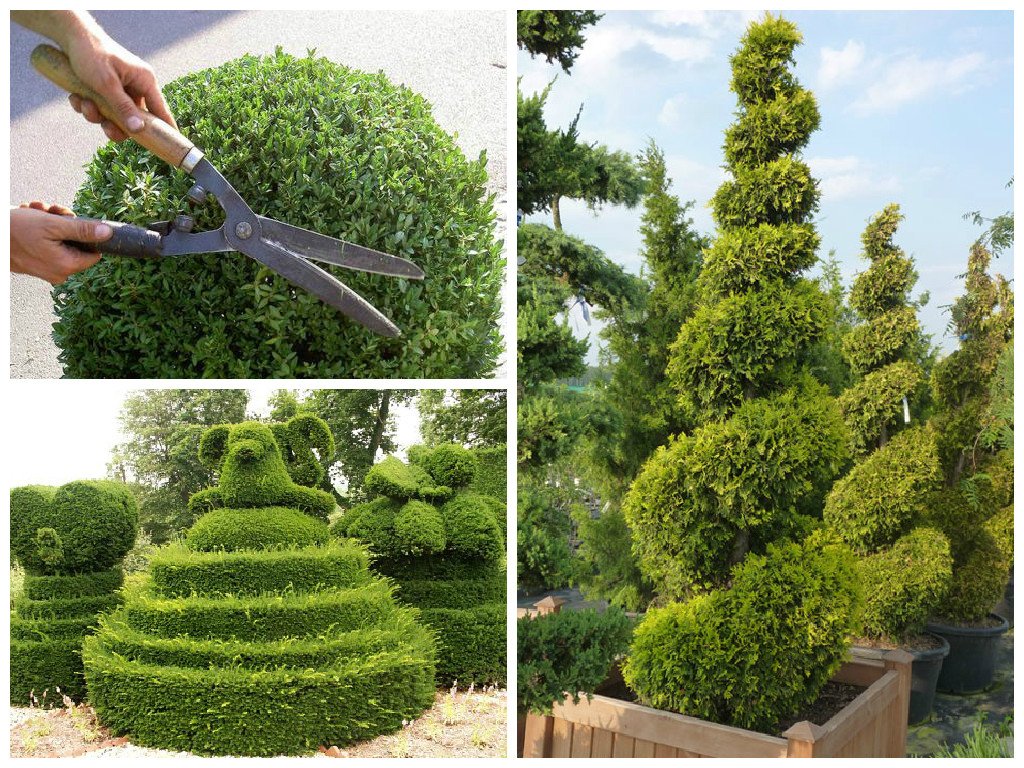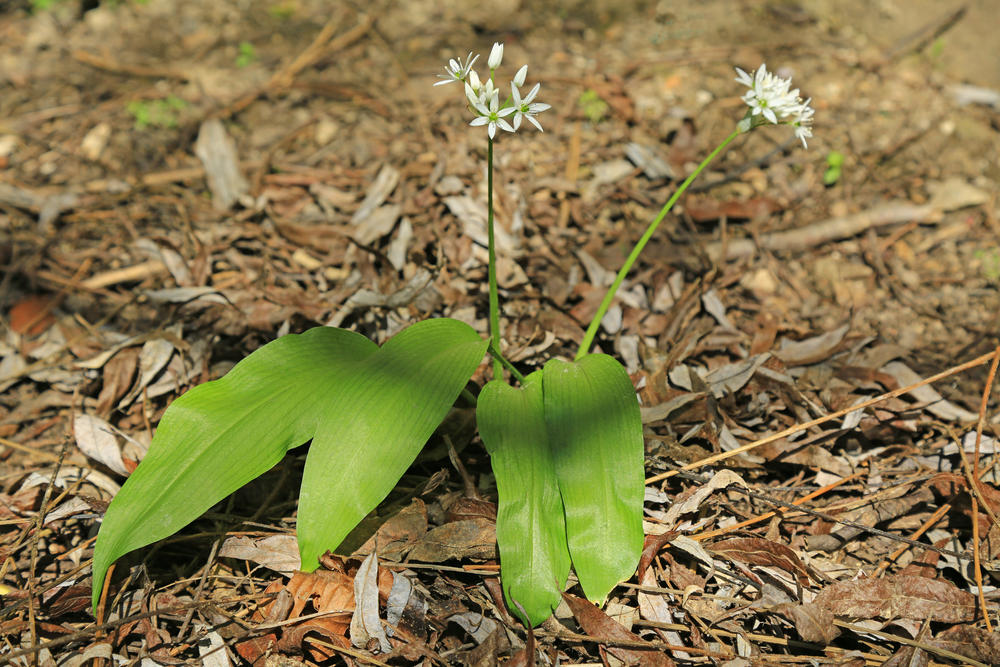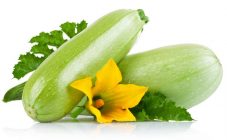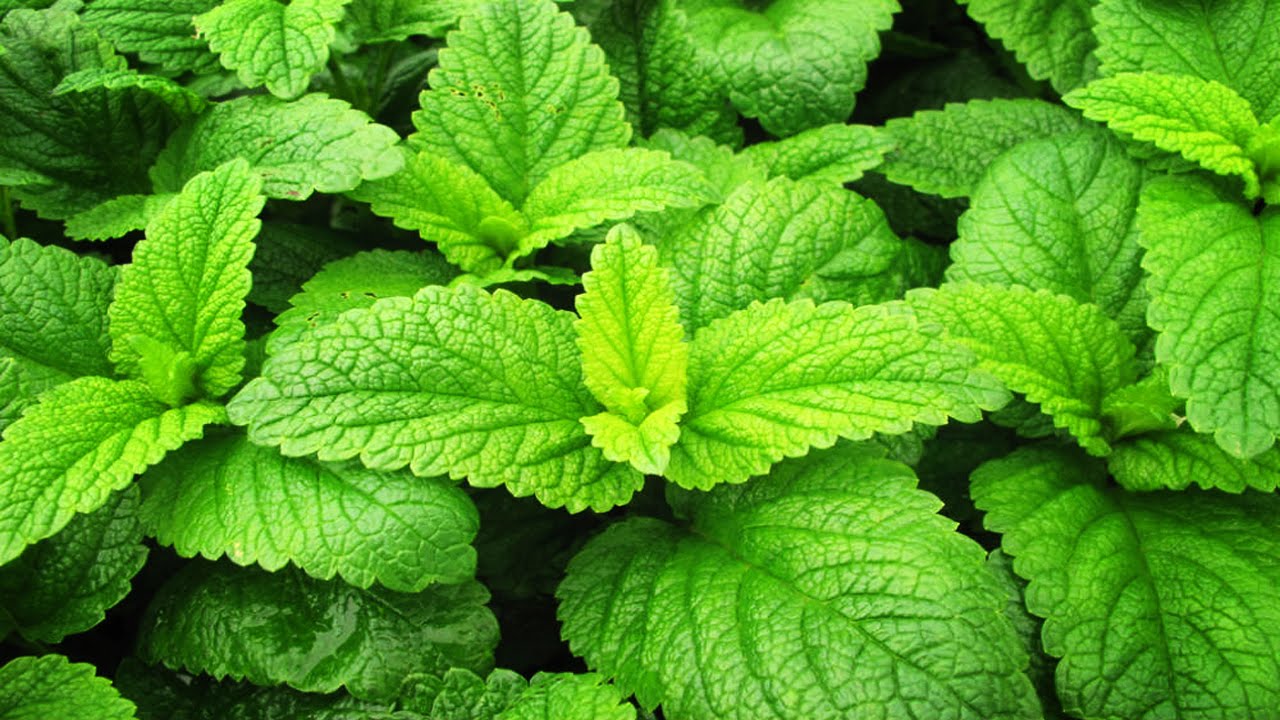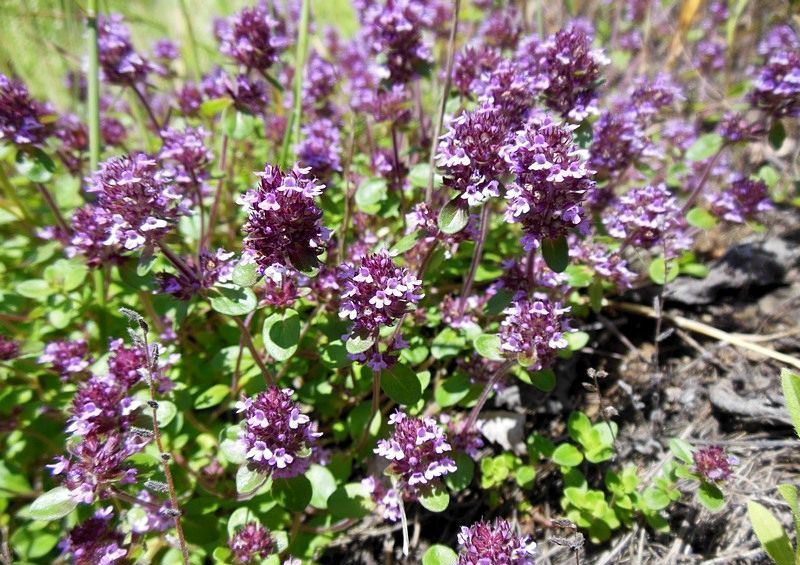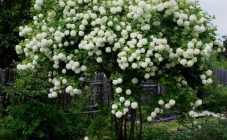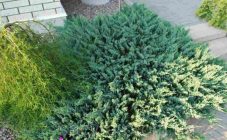Content:
The homeland of the evergreen thuja tree is East Asia. In mid-latitudes, it gained popularity due to its dense, dense crown. It lends itself easily to artistic cropping, so it can be used in landscape compositions, both in summer cottages and in city parks, squares and on the streets. Due to its long life (up to 150 years), winter stability and adaptability to urban conditions, this evergreen tree is used to decorate gardens in various climatic zones of Russia, including Siberia and the Urals. The most widespread varieties of thuja are: western, which has a conical, columnar and bush shape, suitable for a hedge near the house; folded, or giant, Korean, blue cypress and oriental.
About what conditions thuja loves how to plant and care for it will be discussed in the article.
Reproduction of culture
Cuttings
The most popular breeding method for thuja is cuttings. Growing from cuttings preserves the properties of the parent plant. Many summer residents, engaged in breeding, planting and caring for thujas, wonder why it is necessary to take the tops of the axial shoots of the tree to collect cuttings? Experts explain that it is these branches that retain the branching character inherent in this species. If the side branches are cut off, the branching pattern will be irregular.
The best period for taking cuttings from a parent tree is the spring month of April. At this time, the first stage of plant growth occurs. The tree from which the cuttings are taken should be 2-3 years old, with a scaly leaf.
There are several ways to root cuttings. This can be substrate, water, or a container of moss. The best cuttings cut in spring give a root system in the substrate. A mixture of river sand and garden soil acts as a substrate. To disinfect the sand, a 3% solution of potassium permanganate is poured into it.
Is it possible to grow thuja from seeds
Not only breeders, but also experienced gardeners and summer residents are familiar with the process of growing thuja from seeds. The growing process can last from 2 to 3 years. The main thing is patience and quality care. For sowing, only newly collected seeds are suitable for sowing, in late summer and early autumn. Newbies may be interested in the question of when is it better to plant thuja seeds in open ground?
Experts advise to do the autumn sowing of seeds in prepared boxes or flat, 15 cm deep, pots. The planted material is stored at home throughout the winter. Seeds sown in the fall give stronger and healthier shoots, they grow earlier. These indicators are important for a young plant in the first years of life.
You can plant seeds in the soil in the spring, but stratification is recommended before planting. The seeds must go through the stage of preparation for planting in the ground through natural cooling. Experts recommend chilling seeds in the refrigerator, in the part where vegetables are stored. When the weather is favorable, the seeds should be sown in the soil. This method of planting thuja seeds in the spring gives a germination rate of 90%.
Seed Germination Tips
Novice gardeners and summer residents who decide to grow thuja from seeds for their site need to familiarize themselves with the growing rules and recommendations of specialists, how to plant thuja seeds correctly and how to care for them.
Here are some tips:
- The seeds are planted in prepared boxes.
- The soil for the thuja should be a mixture consisting of 3 components: peat (2 parts), garden mixture (1 part), sand (less than 1 part).
- Seeds are laid in the laid grooves and covered with soil, which must be compacted.
- Moderate watering is carried out so as not to expose the seeds.
- Shoots appear in the spring.
- The box with seedlings is placed in partial shade so that young plants do not come under direct sunlight.
Flowering and fruiting
When cultivating thuja in the garden, you should know the rhythm of her life and important points in fruiting: the laying of flower buds, flowering, seed ripening and distribution. In different regions, thuja blooms at different times. In the Krasnodar Territory, it blooms in April, and in the Leningrad Region in June. The setting of flower buds depends on the climatic zone of thuja growth.
For pollination, as a wind-pollinated plant, thuja produces large amounts of pollen. When it flies, nearby bodies of water appear golden, covered with this pollen. As such, thuja has no fruiting. Her seeds are ripening in a lump. One growing season is enough for the seed to ripen.
Tui begin to bear fruit from 6-10 years of age, having a height of 0.6 to 1 meter at this age. Abundant fruiting every two years is typical for adult non-varietal thujas. It's all about genetics. Thuja has a nondescript appearance when it bears fruit. It even looks like a disease, but it is not. This is simply not a varietal fruiting thuja. No amount of care will help to abandon non-varietal thuja from producing buds. Naturally, the crown does not look as neat as gardeners would like. Abundant fruiting, independent of genetics, can cause the plant to dry out in heat.
Thuja planting and care in the open field
The tree loves light, but not the scorching rays of the sun, which can dehydrate it. He does not like drafts, so it is recommended to plant thuja in a place protected from the wind. Experts recommend planting seedlings in fertilized soil, consisting of the components listed above in the article. When experts advise to plant thuja: in spring or better in autumn? This question worries novice gardeners who have decided to decorate their garden with pyramidal beauties. Thuja is planted both in spring and autumn. But it takes root better during autumn planting. The tree manages to take root before frost. For example, in the Moscow region and the Leningrad region, thuja can be planted at the end of September.
Technology and step-by-step description of planting thuja in the fall:
- Prepare a hole for planting a thuja, the size of which depends on the size of the root system of the seedling.
- The depth of the fossa should be 15-20 cm deeper, and the diameter 35-40 cm.
- Before planting thuja, a mixture of soil and fertilizer is poured into the hole.
- When planting several thujas along the alley, the distance between them should be 3-3.5 meters.
- When creating a fence of thuja trees in two rows, the distance between trees in a row is 0.5 meters, and between rows - 1 meter.
- The root collar of the tree should be above the ground.
- After planting in the ground, the trees should be watered with at least 2 buckets of water under each.
- The surface around the thuja is mulched. Thanks to the mulch, moisture will not evaporate.
Thuja care and cultivation
Gardeners who decide to decorate the dacha are interested in how quickly the thuja grows. Even with the best care, the tree grows slowly, an average of 20 cm per year. For the first two years, it needs fertilization. As food for young trees, you can use a good complex fertilizer for thuja Osmokot and Kemira-Universal. In the first year of the tree's life, no fertilizing is done, since the soil was sufficiently fertilized when planting.Further feeding is done as needed.
Despite the fact that the seedlings are unpretentious, you need to take care of the thuja in the country. Irrigation of a thuja hedge is mandatory, especially if the rows of thuja in a summer cottage are planted in an open area. Watering after planting should be carried out weekly for a month, pouring from 1 to 5 buckets of water under the tree.
Since young trees cannot stand the scorching sun, they are covered on hot days, and irrigation is carried out by sprinkling in the evening. This method benefits both the roots and the needles. The roots of the thuja are superficial, they are well saturated with water, thanks to the dust and dirt washed off from the leaves, the tree breathes easily, it looks better and develops faster.
It is necessary to pay the attention of novice gardeners: if the planting of thuja is done in the spring, it is necessary to protect young trees from bad weather conditions. Adult thuja can hibernate without shelter, but tying the tree in winter must be done without fail so that the snow does not break off the branches. When preparing a tree for winter, gardeners should be guided by the local climate. Thuja does not tolerate a drop in temperature to -35 ° C of frost. The needles turn brown and dry, bark cracking and frost cracks appear on the bark and branches.
Pruning and shaping the crown
A decorative haircut is an important point in caring for a thuja. It is done in spring and autumn. The pruning process involves not only removing damaged and dead shoots, but also creating a beautiful crown. The first pruning should be done on a 2-3 year old tree. You need to cut off no more than 1/3 of the stem.
How to harvest seeds
Seeds are collected in late summer or early autumn. Harvesting seeds means harvesting. It is clear that thuja does not bear fruit; its cones contain seeds suitable for its seed breeding.
You need to collect the bumps before they begin to open. The collected cones are dried in a warm, dry place. Drying, they open, and the seeds freely fall out of them.
What to plant next to thuja
Next to the thuja growing in the garden and creating a shadow around themselves, only unpretentious forest violets, hydrangeas and lilies of the valley can survive. In thuja, the roots occupy the surface layer of the earth and look like a washcloth. Roses can be planted at a respectable distance from the thuja. Landscape designers, depending on the composition, usually select a round thuja shape for the planted roses.
